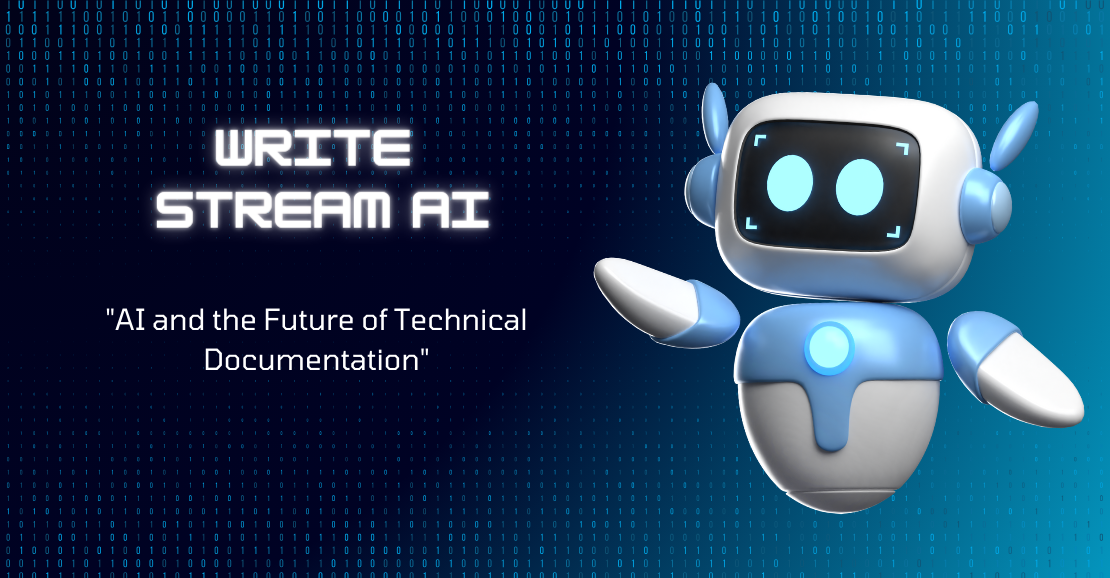Artificial intelligence (AI) has already revolutionized many industries, from healthcare to transportation. However, one area that is often overlooked is the impact of AI on technical documentation. Technical documentation is crucial for businesses, as it provides essential information on how to use a product or service. In today's rapidly evolving technological landscape, AI is set to change the way we create and utilize technical documentation. Let's explore how AI is shaping the future of technical documentation.
One of the key areas where AI is making an impact is in the creation of technical documentation. Traditionally, technical writers would spend hours manually writing and editing documents, which can be a time-consuming and tedious process. With AI, however, this process can be automated, saving both time and resources. AI-powered tools can analyze data, identify patterns, and generate documentation, significantly reducing the workload for technical writers.
AI can also assist in the translation of technical documents. In a globalized world, businesses often need to provide documentation in multiple languages. Traditionally, this process was costly and time-consuming. With AI-powered translation software, businesses can now produce accurate translations of technical documentation in a fraction of the time and cost. This not only streamlines the translation process but also ensures consistency and accuracy across all languages.
Another way AI is shaping the future of technical documentation is through its ability to enhance the user experience. Technical documents are often dense and complex, making them challenging for users to understand. AI can help simplify technical information through natural language processing (NLP) and intelligent chatbots. NLP can break down complex technical jargon into simple and easily understandable language, making it easier for users to navigate through instructions. Chatbots can provide real-time assistance, answering users' questions and guiding them through the documentation. This not only improves the user experience but also reduces the need for customer service support.
Moreover, AI can also provide personalized documentation based on user data. For instance, if a user is struggling with a specific step, AI can analyze their behavior and offer alternative solutions or additional information. This personalized approach ensures that users can access the information they need quickly and efficiently.
AI is also changing the way technical documentation is delivered. With the rise of virtual and augmented reality technologies, technical documentation could become more immersive and interactive. Users could receive visual and audio instructions, effectively eliminating the need for traditional text-based documents. This can be especially beneficial in industries like manufacturing, where complex machinery and processes can be better understood through interactive simulations.
However, as with any new technology, there are also concerns surrounding the use of AI in technical documentation. One major concern is the fear of job displacement for technical writers. As AI continues to automate the creation of technical documentation, there is a possibility that the need for human technical writers will decrease. However, experts believe that while AI may take over some tasks, it cannot entirely replace the creativity and critical thinking skills of humans.
In conclusion, the future of technical documentation is undoubtedly shaped by AI. From automating document creation and translation to improving the user experience and revolutionizing delivery methods, AI is streamlining and enhancing the entire process. While there may be concerns about job displacement, the benefits and potential for growth in this field cannot be ignored. As we continue to witness advancements in AI, the future of technical documentation looks bright and promising.























Write your comment
Cancel Reply